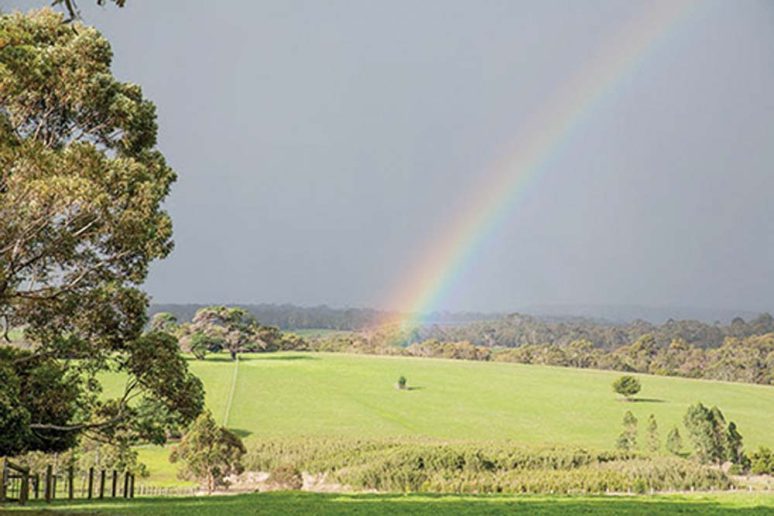THE availability of a “resilient” water supply is seen as one of the key factors in the “protection” of green wedge-zoned areas on the Mornington Peninsula.
Mornington Peninsula Shire and South East Water have announced they will join forces to investigate “the potential for sustainable water projects”, including rain water, urban run-off and artesian water.
The shire and SEW agreed to extend their investigations after a recent meeting to discuss increasing the use of recycled water from Melbourne Water’s sewage treatment plant at Bangholme.
There are also treatment plants at Mt Martha and Boneo.
Some of the treated water is already used on the peninsula and by more than 80 horticulturists and industrialists in Cranbourne.
However, most of the treated water is still being pumped into the ocean through the south east outfall near Gunnamatta, within the Mornington Peninsula National Park.
The announcement by the shire and SEW follows the Green Wedges Summit held at Main Ridge on Friday 22 June which highlighted the value of produce from the green wedge areas, which comprise about 70 per cent of the peninsula.
The summit focused on the importance of maintaining the environmental, agricultural, tourism and social integrity of the green wedge area with “balanced” planning and policies.
SEW’s managing director Terri Benson and the mayor, Cr Bryan Payne last week issued a statement saying “the rapid growth of Melbourne’s population will significantly increase the importance of agriculture on the peninsula and having a resilient water supply”.
The statement went on to say: “The development of a coordinated water plan across the peninsula is a project of state significance that would benefit agriculture, tourism and the community and would play a major role in the protection of the green wedge, seen as being one of the most important environmental areas in Victoria.”




